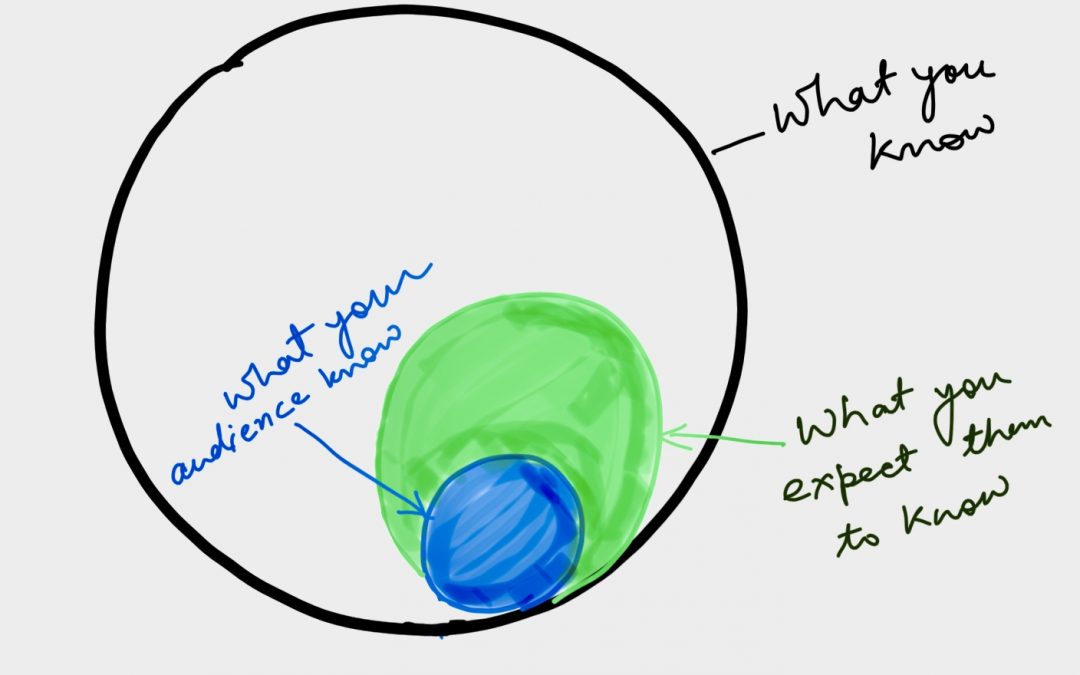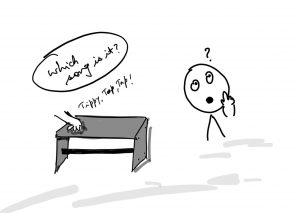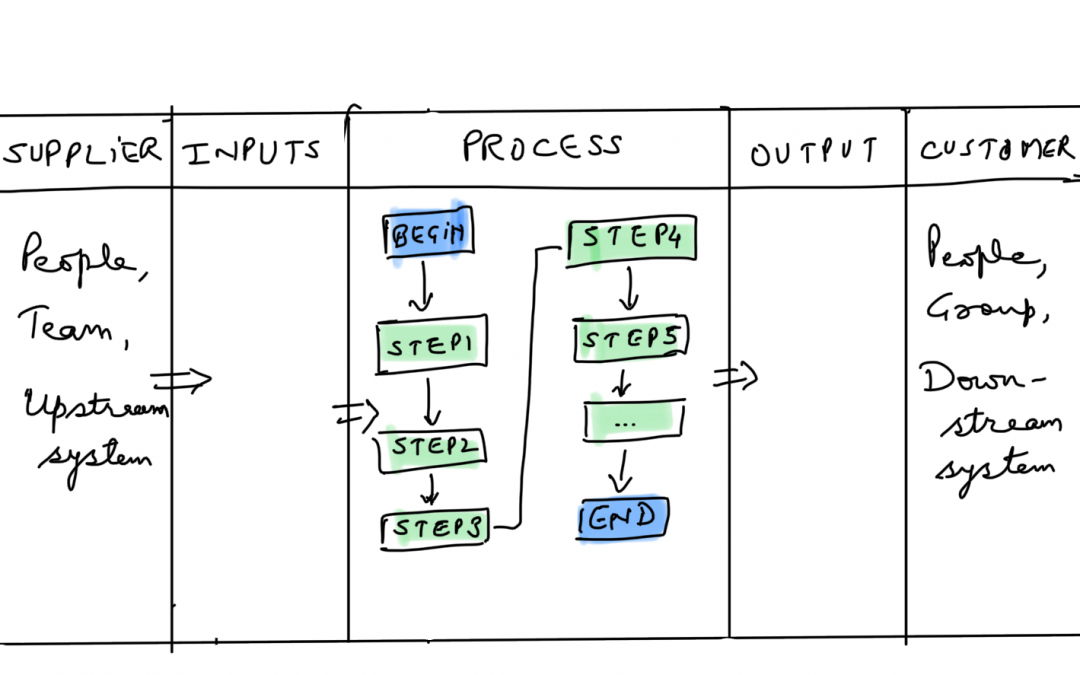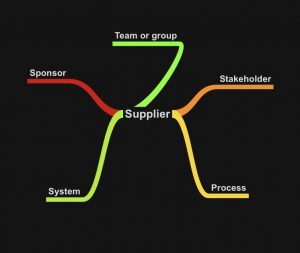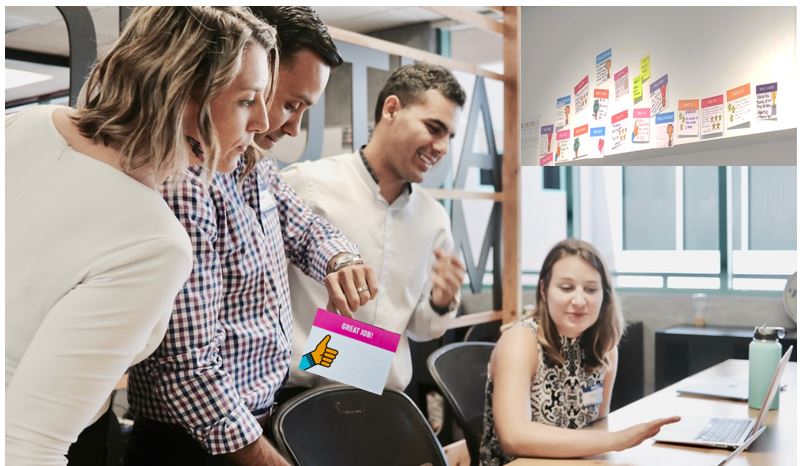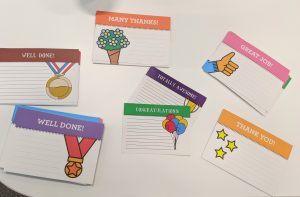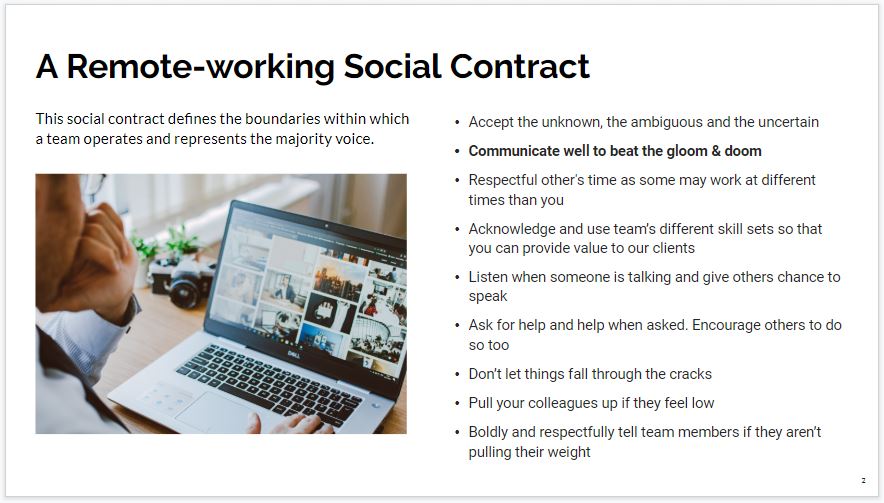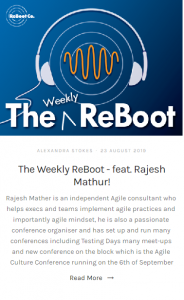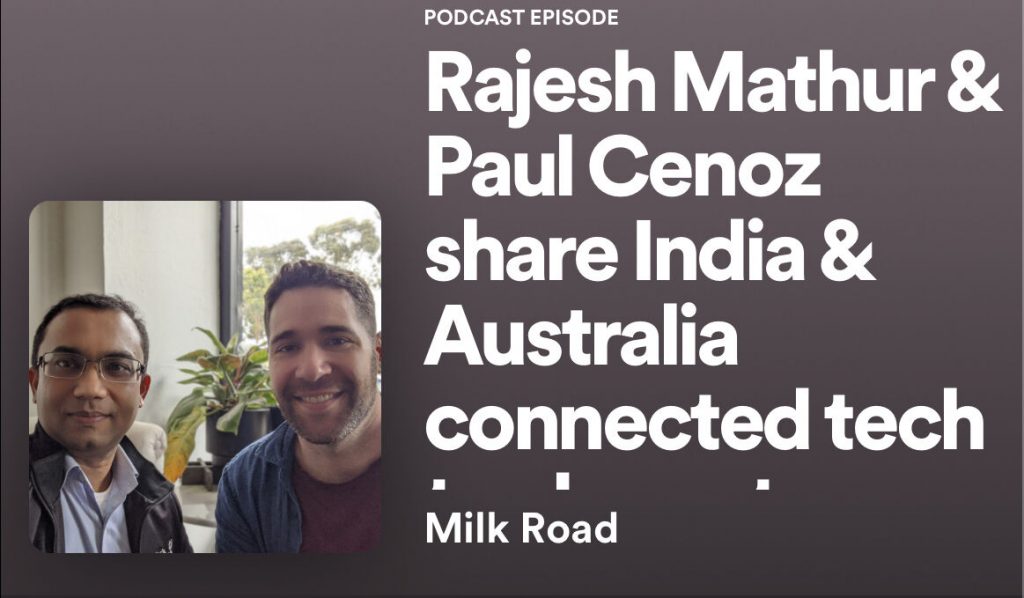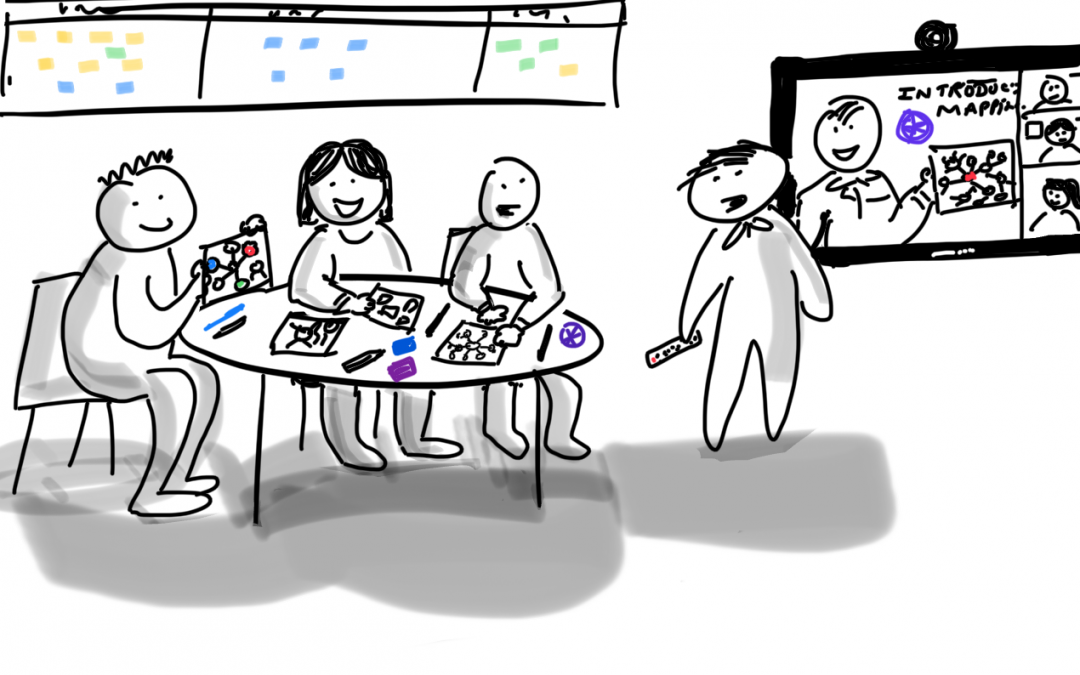
How do you improve collaboration when everyone is remote
Building trust, enhancing collaboration and establishing relationships is hard enough when teams work together in a physical office. Things become more challenging when teams are distributed. This issue doesn’t sound too challenging when one team is co-located and works with other teams that are at different locations or different time zones. Actually, ever since offshoring and outsourcing became mainstream, we have learned to live with the distributed nature of work.
When do we collaborate?
We collaborate with others to achieve something of common interest. For example, entrepreneurs may collaborate to build and launch a new product. In corporate settings, different teams collaborate to build products and to deliver valuable outcomes for their customers.
Collaboration is successful when the level of trust is high among the people who work together.
However, the question remains.
How do we build and enhance collaboration and trusted relationships among team members?
There are hundreds of methods that help us do so. But we’re not going to list all of them here. Google is good for that sort of stuff. In this post, I’ll tell you what has worked for me and then you can tell me what has worked for you. Hence, don’t forget to add comments below.
Current challenge:
When it comes to collaboration, the current pandemic has made the situation even more challenging. How? Now not just the teams, but every single person of a team is located remotely. That brings a different dynamic to the equation when we talk about collaboration and teamwork.
I’m going to share two techniques that I’ve found useful.
The first one is personal mapping.
Enhancing collaboration using personal mapping:
When team members know more about each other than just the work stuff, the bonding improves. It mostly happens that when we sit in the vicinity of others, communication begins. The generic, “hey, how was your weekend?” often becomes the icebreaker and increases the flow of communication. And it appears to me that this improved relationship also helps us deliver better outcomes. This might just be human nature. When our ancestors worked together, they survived and grew.
Personal mapping technique is a simple mind mapping exercise where you tell your story through visualisation. Here’s my personal map.
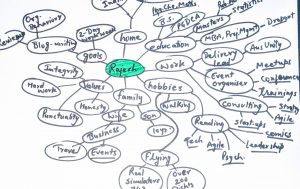
How to get your team’s started with personal mapping:
A good place to start is to use the technique as an icebreaker before workshops. Or, do it when New team members join.
I often start with asking team members what they knew about me. One they respond, I share my personal map with them. I normally include details of education, work, hobbies, family, goals and values etc. The idea is to keep the session interesting. This often helps in making team members feel safe, relaxed and engaged.
After sharing my personal map, I encourage team members to pair with someone who they don’t know much about.
Team members talking of their colleague’s personal map:
When team members know that they will be introducing their colleague to others, they listen intently and they try to understand them better.
How to do it remotely
Easy. If you’ve created your map on your computer and if you’re using a solution liked Google Meet, Microsoft teams or Zoom, you can share your screen. If you’ve created your map on paper, you can show it on camera.
Drawbacks of personal mapping:
My observation is that introverts can find this exercise a bit awkward. Some team members also do not want to share information about themselves for personal reasons. Each person is different and it’s better to familiarise the team with this exercise beforehand and find out whether it might make someone feel uncomfortable. You can work with them to adjust the exercise for them and make them feel safe for participation.
Using collaboration game Quinks for team bonding
I came across this interactive game when one of my friends invited me to join a free session with the game’s inventor, Viren.
The game is available online as well as a physical set and that makes it easier to either do it remotely or in person.

How to play:
Quinks is based on experiential learning techniques in which two players ask each other questions related to specific contexts by drawing cards. One person is assigned the role of Questioner, and the other the role of Answerer. The Questioner draws a Quinks card (a question card) and combines it with a Context card to create and ask a powerful question. These cards consist of powerful questions that Viren collected through his research and experience.
Since the game limits conversations (responses of the contextual questions) to just 3 minutes, it compels team members to pay attention, learn to express themselves in a concise way, ask good questions, empathize and engage in deeper conversations.
Outcome:
I had fun playing the game even with total strangers in public sessions. It was interesting and surprising to realise that given a context and a relevant question, how you can bond with those who you’ve never met before. This was a great way to introduce people and build relationships.
Value map for further discussions:
The game also lets players map various values of their partners based on their conversations. Once everyone completes the game, you see the value map that represents how others have perceived you through your responses. Through this process you learn about your blind spots and improve self awareness.
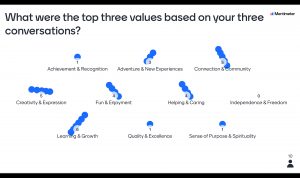
A good reference regarding self awareness here is Johari Window. Have a look.
Personal mapping and Quinks can possibly be combined as one big workshop. I haven’t tried that yet. You may want to do that.
If you have used other collaboration techniques that gave you good results, let me know. Actually, even if your efforts didn’t succeed, we can learn from them. Why not share them here.
References:
https://quinks.co/?variant=32701557342283
https://management30.com/practice/personal-maps/
https://en.wikipedia.org/wiki/Johari_window

